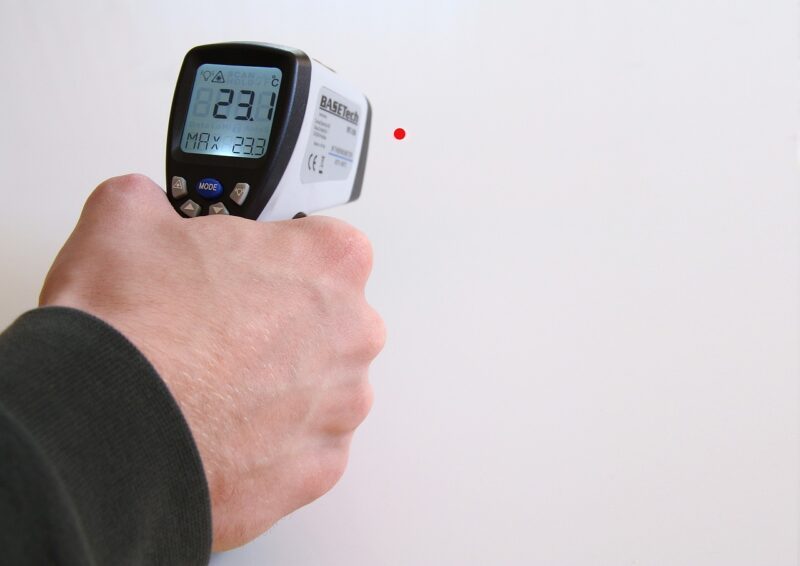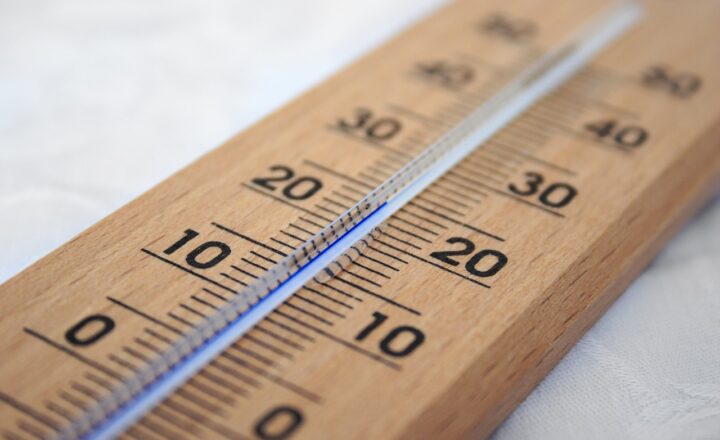
Temperature is a fundamental aspect of our environment, deeply intertwined with our daily lives, scientific understanding, and technological advancements. Yet, the way we measure temperature varies around the globe, leading to discussions about the need for different temperature scales: Celsius, Fahrenheit, and Kelvin. Understanding these scales is crucial for effective communication in science, technology, and everyday life.
1. Understanding Temperature and Its Measurement
Temperature quantifies the degree of heat present in a substance or environment, reflecting the average kinetic energy of its particles. Accurate temperature measurement is vital in numerous fields, including meteorology, engineering, and healthcare.
The need for different temperature scales arises from the historical context in which they were developed, the practical applications they serve, and the regions in which they are predominantly used.
2. The Celsius Scale
Developed by Swedish astronomer Anders Celsius in 1742, the Celsius scale is based on the freezing point (0°C) and boiling point (100°C) of water, under standard atmospheric conditions.
Why We Use Celsius:
- Scientific Relevance: Celsius is widely used in scientific contexts worldwide due to its straightforward relation to the properties of water, a substance vital for life.
- Simplicity of Scale: The metric-based system simplifies calculations and conversions, making it easier for scientists and students alike.
- Global Standardization: Celsius is the standard for the metric system, adopted in most countries around the world, making international communication seamless.
This scale’s reliance on water’s properties makes it an intuitive choice for everyday use, especially in regions where it is the dominant measurement system.
3. The Fahrenheit Scale
Proposed by Daniel Gabriel Fahrenheit in 1724, the Fahrenheit scale is primarily used in the United States and its territories. This scale sets the freezing point of brine (0°F) and the human body temperature is approximately 98.6°F, with the freezing point of water at 32°F and the boiling point at 212°F.
Reasons for Using Fahrenheit:
- Cultural Norm: In the U.S., Fahrenheit is deeply ingrained in culture, appealing to the populace’s everyday understanding of weather and comfort levels.
- Greater Detail for Daily Temperature Ranges: The Fahrenheit scale provides more granularity for temperature changes that may be more relevant to the average person’s daily life, as it uses smaller increments (1°F) compared to Celsius (1°C).
- Historical Context: Many weather forecasts and related media continue to utilize Fahrenheit, making it familiar and practical for many Americans.
Despite its advantages, the Fahrenheit scale can complicate scientific communication, especially for those accustomed to the metric system.
4. The Kelvin Scale
The Kelvin scale, introduced by William Thomson (Lord Kelvin) in 1848, is the standard unit of temperature measurement in the scientific community. It begins at absolute zero (0 K), the theoretical point where all particle motion ceases, and increments follow Celsius, meaning that 0°C is equivalent to 273.15 K.
Importance of Kelvin in Science:
- Absolute Temperature Scale: Kelvin provides a measurement that is fundamental in physics and chemistry, allowing for calculations that require absolute values rather than relative ones.
- Universal Application: The Kelvin scale is used in various scientific fields, including thermodynamics, cryogenics, and astronomy, providing a unified understanding of temperature across disciplines.
- Elimination of Negative Values: With no negative numbers, calculations in the Kelvin scale help prevent confusion and errors in scientific computations and experiments.
Understanding the Kelvin scale is vital for scientists working with gas laws, phase changes, and other key thermodynamic processes.
5. Comparative Analysis of Temperature Scales
While each temperature scale has its specific applications, the comparison illustrates their distinct utility. Here’s a quick reference table to illustrate the key feature of each scale:
| Scale | Freezing Point of Water | Boiling Point of Water | Absolute Zero |
|---|---|---|---|
| Celsius | 0°C | 100°C | −273.15°C |
| Fahrenheit | 32°F | 212°F | −459.67°F |
| Kelvin | 273.15 K | 373.15 K | 0 K |
This comparison shows that while all three scales measure temperature, they cater to diverse needs based on their origins and utility in everyday life and scientific contexts.
6. Bridging the Gaps Between Scales
For effective communication across disciplines and cultures, conversions between these scales are vital. The following formulas illustrate how to convert between them:
– Celsius to Fahrenheit: F = (C × 9/5) + 32
– Fahrenheit to Celsius: C = (F − 32) × 5/9
– Celsius to Kelvin: K = C + 273.15
– Kelvin to Celsius: C = K − 273.15
– Fahrenheit to Kelvin: K = (F − 32) × 5/9 + 273.15
– Kelvin to Fahrenheit: F = (K − 273.15) × 9/5 + 32
Understanding how to switch between these scales is crucial, particularly for science enthusiasts, students, and professionals who may deal with various measurement systems.
Conclusion
While Celsius, Fahrenheit, and Kelvin serve the same purpose of measuring temperature, they do so within different contexts and applications. Celsius is ideally suited for scientific contexts and most of the world; Fahrenheit allows for a detailed understanding in everyday life within the U.S.; and Kelvin provides essential measurements for scientific research. Understanding these scales enhances global communication and allows us to appreciate the diverse ways we can understand temperature. With climate change and scientific advancements, awareness of temperature scales will continue to be essential for all of us.
As our world becomes increasingly interconnected, knowing these differences fosters better collaboration and understanding in many disciplines ranging from science to everyday life decisions.








